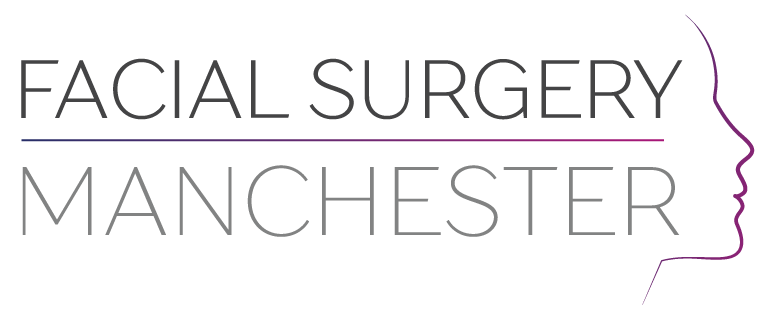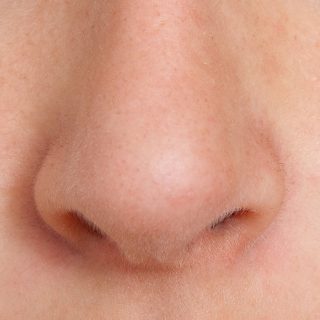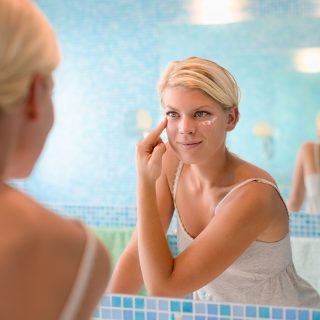Ear & Nose
Rhinoplasty
The shape of a person’s nose is largely an inherited characteristic. The shape is determined by the bone and cartilage which make up the skeleton of the nose, over which the skin is draped. Some people are unhappy with the size or shape of their nose. Injury can also lead to an unsightly appearance. A rhinoplasty can help in all of these situations. However, rhinoplasty is not an effective treatment for snoring, nasal obstruction or for sleep apnoea.
The nose doesn’t stop growing and changing until age 16 and it is, therefore, inadvisable to consider surgery before this. Comments from some previous patients are shown near the bottom of this page.


